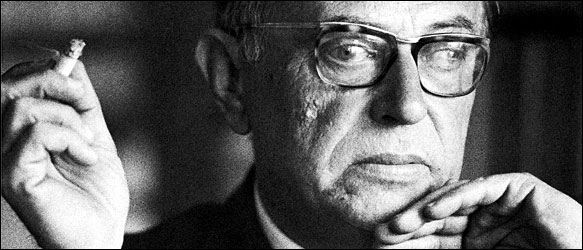Why are we short-sighted?
Why are we short-sighted?
Myopia is among our most common complaints – but have we fundamentally misunderstood its origins and its treatment?
David Robson, BBC, 16 January 2015.
http://www.bbc.com/future/story/20150116-why-are-we-short-sighted
Time outdoors and physical activity as predictors of incident myopia in childhood: a prospective cohort study.
JA Guggenheim, K Northstone, G McMahon, et al.
Investigative Ophthalmoly & Visual Science, May 14; 53(6):2856-65. doi: 10.1167/iovs.11-9091.
http://www.ncbi.nlm.nih.gov/pubmed/22491403
Purpose:
Time spent in "sports/outdoor activity" has shown a negative association with incident myopia during childhood. We investigated the association of incident myopia with time spent outdoors and physical activity separately.
Methods:
Participants in the Avon Longitudinal Study of Parents and Children (ALSPAC) were assessed by noncycloplegic autorefraction at ages 7, 10, 11, 12, and 15 years, and classified as myopic (≤-1 diopters) or as emmetropic/hyperopic (≥-0.25 diopters) at each visit (N = 4,837-7,747). Physical activity at age 11 years was measured objectively using an accelerometer, worn for 1 week. Time spent outdoors was assessed via a parental questionnaire administered when children were aged 8-9 years. Variables associated with incident myopia were examined using Cox regression.
Results:
In analyses using all available data, both time spent outdoors and physical activity were associated with incident myopia, with time outdoors having the larger effect. The results were similar for analyses restricted to children classified as either nonmyopic or emmetropic/hyperopic at age 11 years. Thus, for children nonmyopic at age 11, the hazard ratio (95% confidence interval, CI) for incident myopia was 0.66 (0.47-0.93) for a high versus low amount of time spent outdoors, and 0.87 (0.76-0.99) per unit standard deviation above average increase in moderate/vigorous physical activity.
Conclusion:
Time spent outdoors was predictive of incident myopia independently of physical activity level. The greater association observed for time outdoors suggests that the previously reported link between "sports/outdoor activity" and incident myopia is due mainly to its capture of information relating to time outdoors rather than physical activity.
Light exposure and physical activity in myopic and emmetropic children.
by Scott A Read, Michael J. Collins, Stephen J.Vincent
Optometry & Vision Science. 91(3):330-341, March 2014.
http://www.ncbi.nlm.nih.gov/pubmed/24413273
Purpose:
To objectively assess daily light exposure and physical activity levels in myopic and emmetropic children.
Methods:
One hundred two children (41 myopes and 61 emmetropes) aged 10 to 15 years old had simultaneous objective measures of ambient light exposure and physical activity collected over a 2-week period during school term, using a wrist-worn actigraphy device (Actiwatch 2). Measures of visible light illuminance and physical activity were captured every 30 seconds, 24 hours a day over this period. Mean hourly light exposure and physical activity for weekdays and weekends were examined. To ensure that seasonal variations did not confound comparisons, the light and activity data of the 41 myopes was compared with 41 age- and gender-matched emmetropes who wore the Actiwatch over the same 2-week period.
Results:
Mean light exposure and physical activity for all 101 children with valid data exhibited significant changes with time of day and day of the week (p 1000 lx) was also significantly greater in emmetropes (127 ± 51 minutes) compared to myopes (91 ± 44 minutes, p 0.05).
Conclusions:
Myopic children exhibit significantly lower daily light exposure, but no significant difference in physical activity compared to emmetropic children. This suggests the important factor involved in documented associations between myopia and outdoor activity is likely exposure to bright outdoor light rather than greater physical activity.

